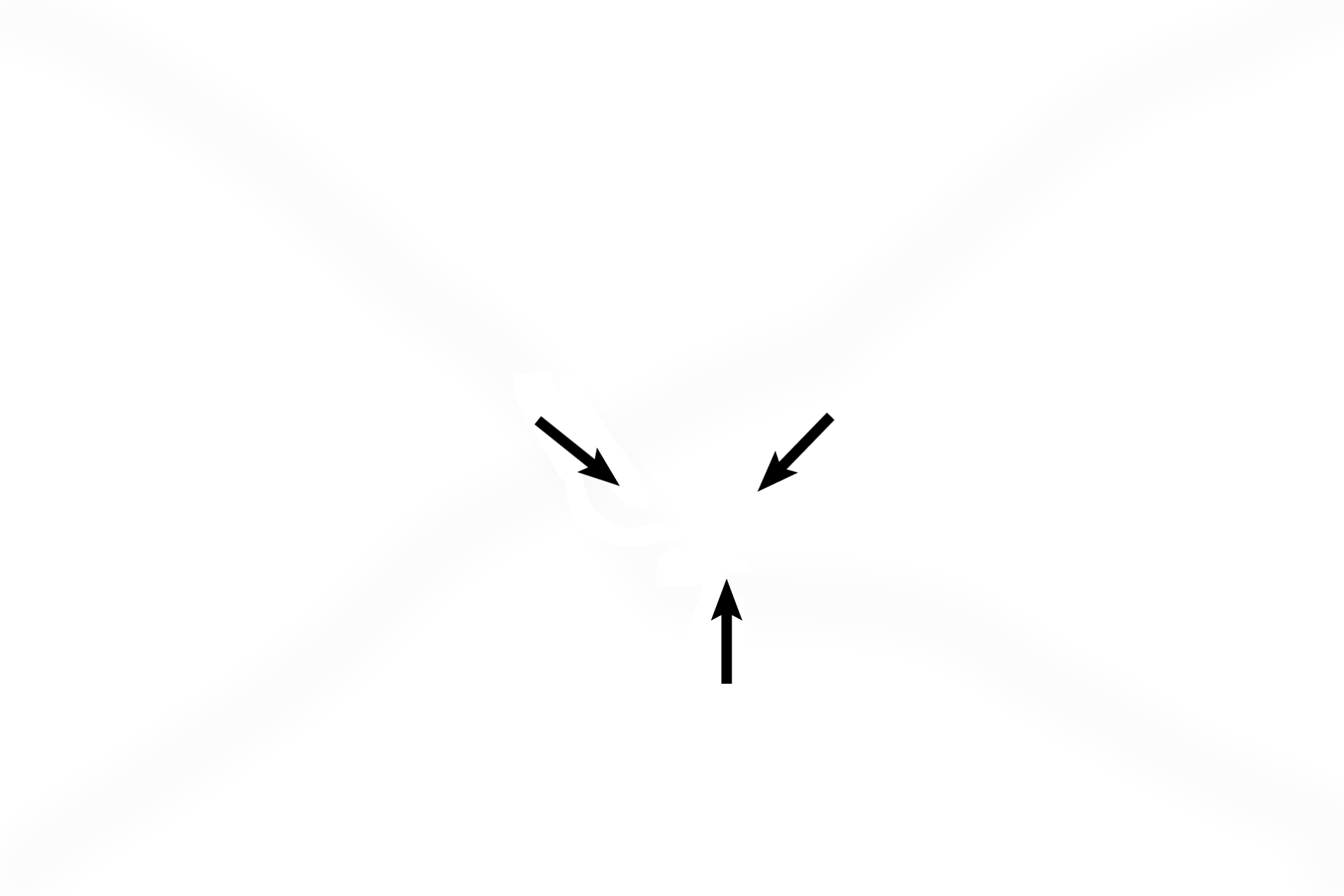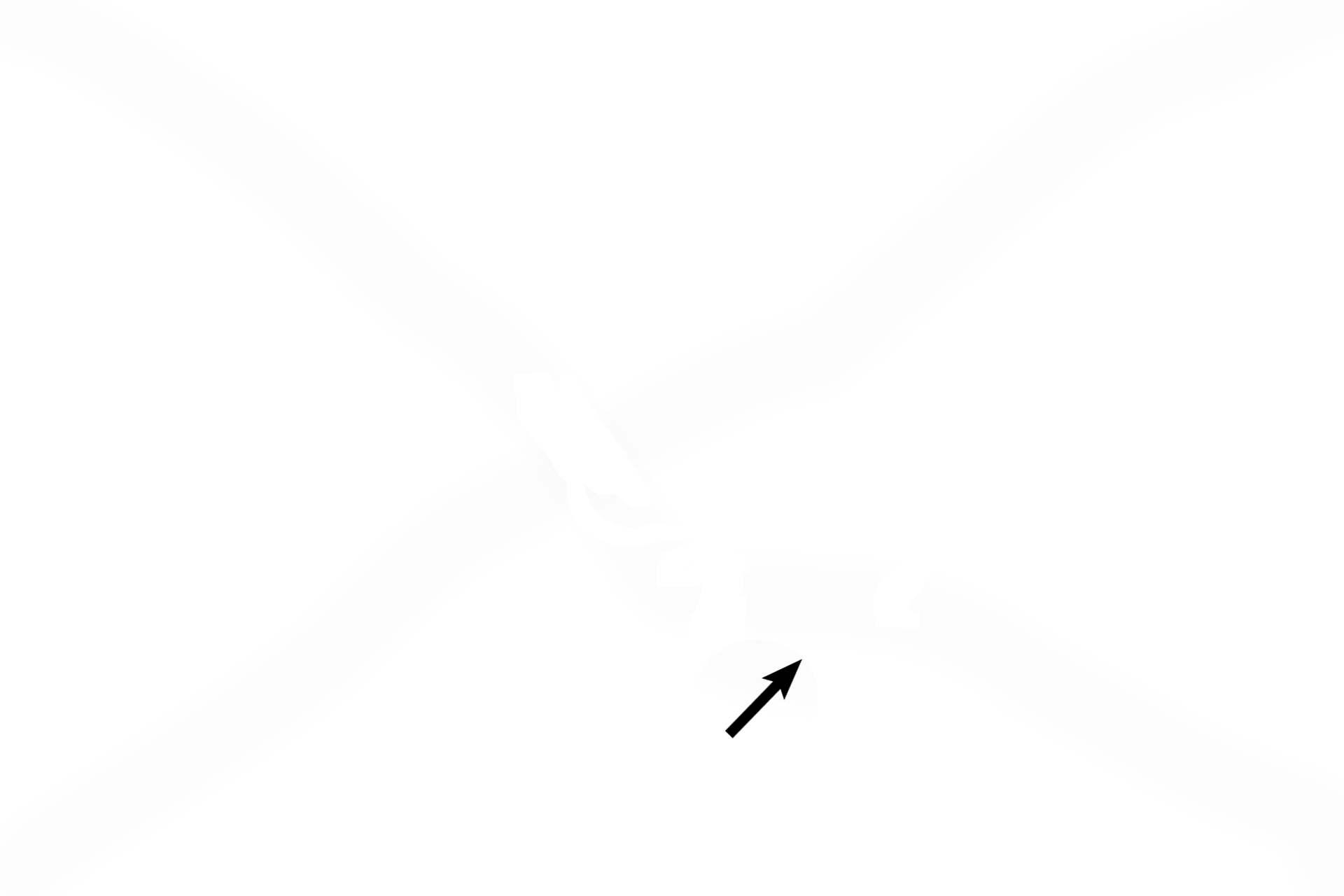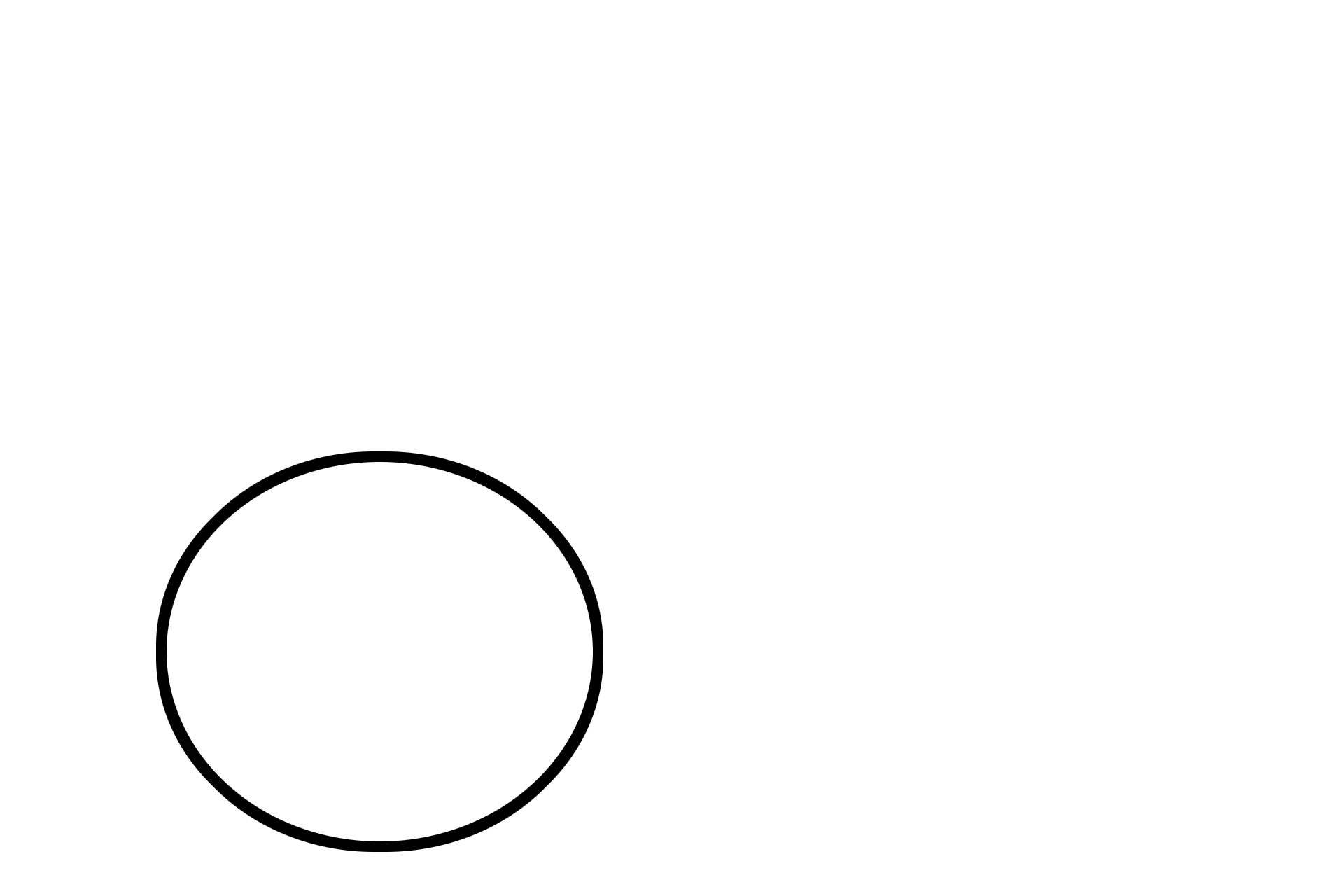
Overview: Osseous labyrinth
The osseous labyrinth is a series of interconnected tubes and cavernous spaces in the petrous portion of the temporal bone. The osseous labyrinth is lined with periosteum and filled with a fluid, perilymph. This drawing demonstrates the shape the perilymph would assume when confined in the osseous labyrinth.

Orientation >
This image shows the bony labyrinth of the left ear in lateral view, whereas the previous image shows a view of the bony labyrinth in the cranial cavity viewed from above.

Vestibule >
The vestibule, the centrally located chamber in the osseous labyrinth, communicates with the middle ear via the oval window. The stapes is shown with its footplate inserted into the oval window.

Stapes
The vestibule, the centrally located chamber in the osseous labyrinth, communicates with the middle ear via the oval window. The stapes is shown with its footplate inserted into the oval window.

Semicircular canals >
The semicircular canals are three tubular spaces (black arrows) that communicate with and lie posterolaterally to the vestibule. The canals are oriented in three, mutually perpendicular planes. An enlargement (red arrows) at one end of each canal, adjacent to the vestibule, houses the ampulla of each semicircular duct.

Cochlea >
The cochlea is an tubular space that connects with and lies anteromedially to the vestibule. The tube is coiled into a spiral shape with 2.5 turns, resembling a snail shell. The cochlea communicates with the middle ear via the round window (not shown in this image).
 PREVIOUS
PREVIOUS